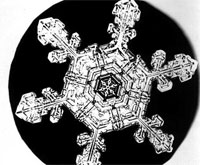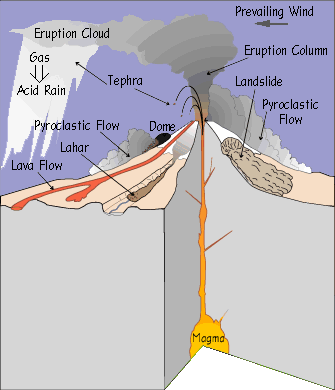Phenocrysts are types of igneous rocks that contain characteristic crystal formations. Â Some crystals are small while others grow very large, and these crystals are typically separated from each other by fine grains of the typical, igneous rock. Â These crystal-like rocks basically form because of the effect made by cooling magma. Â As the magma cools down, phenocrysts, or crystal rocks, will form as a result. Magma or molten rock will eventually cool down over time, and as it cools, its consistency will harden and form into phenocrysts or crystal rocks. Â All these will happen underground, as phenocrysts are classified as igneous rocks. Â The deeper they are found beneath the Earth’s surface, the bigger crystals will form.
The size of the crystal formation in phenocrysts is dependent on the rate of magma’s cooling down. Â The faster the magma or molten rock cools down beneath the Earth’s surface, the smaller the crystals will be. Â It literally means that smaller crystals are formed when the magma cools and hardens faster. Â Phenocrysts that are formed in this process will contain crystals that are quite small and sometimes too small to be seen by a person’s naked eye. Â Phenocrysts formed in this type of process typically occur on magma that is exposed to the surface of the Earth. Â At the surface, the atmosphere will basically make the magma cool faster and thereby form small crystals. Â Phenocrysts that are formed near the surface are also classified as extrusive types of igneous rock.
In the case of magma found in the deeper parts of the Earth, the overlaid layers will provide it an environment where it can cool down a little slower and for longer periods of time. Â With a longer cooling down period, there will also be more time for the crystals to grow and form into bigger pieces. Â These bigger crystals can then be better seen by the naked eye, and phenocrysts like these are the ones commonly referred to by people as crystal rocks. These crystal rocks are then called intrusive types since they are formed beneath the surface.












Leave a Reply